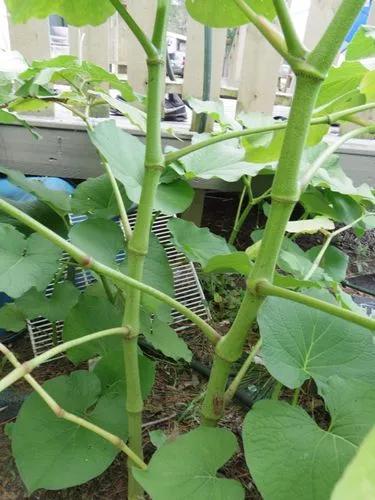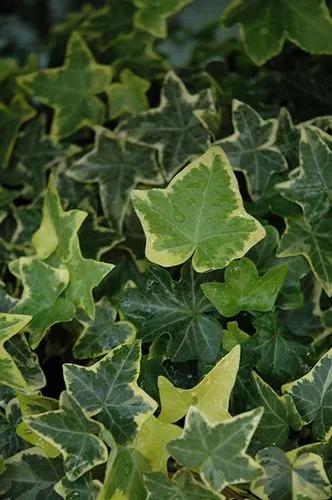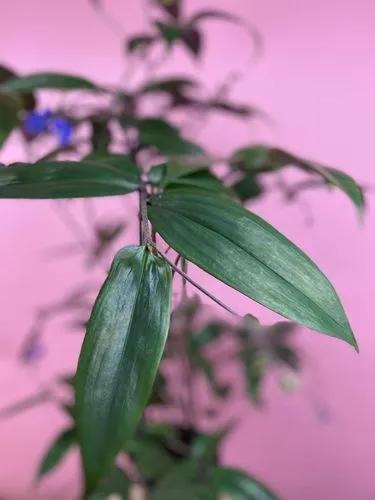This glossy tree-like plant is here to stay. Its retro-colored oval leaves that vary from burgundy to copper and deep green will take a spot in your room and make it stand out without requiring too much care. In fact, this plant requires little to no care, being a perfect choice for beginners. Plus, it is an excellent air purifier for the room, so this ficus really is one of a kind to have in your plant collection.
Ficus Abidjan Care
Ficus elastica Abidjan



Ficus Elastica, part of the Moraceae family, is a rubber tree originally from India and Indonesia, but it became more popular in the West in the 70s. If put in a Mediterranean climate, the ficus can also be planted outside in the garden, but it is more likely that you will enjoy its presence as a mini decoration tree. In their natural habitat, they can grow to be real trees, but they also make nice, easy-care house plants that grow up to around 4 - 10 feet (1-3m) in size. It is proven to be toxic for pets and humans because of its latex production, so keep this in mind when you consider its position in the house.
How to Care for the Plant

Water

This plant likes to be kept in moist soil, but make sure it is well drained. Let the top of the soil dry out completely before watering again. Avoid overwatering, as this will make the ficus’ leaves yellow and fall off.

Pruning

This plant grows quite fast, so you need to prune it constantly to keep it in shape. Once the plant starts to get over 23 inches (60 cm) start pinching its terminal buds from time to time so the branches do not get all over the place. After this part, new branches can sprout, and you can get to choose if you want to let it grow wide or tall. Remember that once the plant gets bigger and grows more leaves, you need to keep the pruning habits active for good air ventilation.

Fertilizer

Although the plant does very well by itself and will pop leaves throughout the growing season, you can support its growth by fertilizing it with a mild liquid fertilizer once or twice a month during spring and summer time.

Sunlight

The burgundy leaves of the Ficus Abidjan will thrive when kept in bright light, but don’t place the plant in direct sunlight, as this can easily burn the leaves. If all your spots for bright sunlight are occupied, the plant does well in lower light conditions as well, although the color of the leaves might take a deeper shade of green.

Soil

The soil for your ficus needs to be well-draining, so don’t choose a very compact one. Use a potting mix that has both sand and perlite to it, or mix it yourself.

Propagation

The easiest way to propagate Ficus Abidjan is with cuttings. Cut a healthy branch from the main plant, clean the latex from it, and put it in water or directly into sandy soil to let it form roots. Keep it away from direct sunlight, and soon you will have a brand new plant.

Temperature

Ficus Abidjan is not a cold-resistant plant, so try not to place it in spots where cold air flow could get to it. It does well in normal household temperature, but the ideal temperature for it will be around 60-75 °F (16-24°C). It does enjoy some extra moisture in the air, so consider keeping it in more humid environments or misting it occasionally. Keep the leaves looking shiny by wiping them with a wet cloth from time to time. This also mists the plant, so you can consider it a win-win.

Container

Ficus Abidjan prefers to be pot-bound, so try to use a pot that is suitable for its size, not the biggest one that you can get, although the plant can grow quite tall. Repot when you see the plant outgrowing its container and only go one size up with the container choice. Choose a container with drainage holes, so you avoid root rot.

Fun fact

The “rubber” part of the name is not at all random! Ficus Elastica’s leaves produce latex, and this tree is, in fact, the main source of natural rubber.

Popularity

2,447 people already have this plant 646 people have added this plant to their wishlists

Common pests

The rich leaves of this ficus species come with a price. The plant is prone to attract spider mites, mealybugs, and even fungus gnats, especially if the air does not flow in between its leaves easily. Prune it often for maintenance and cut any dead or dying leaf, it will help the plant get healthier. Get into the habit of wiping the leaves with a wet cloth to prevent pests from getting on the leaves. If you see affected leaves, neem oil does magic tricks to get rid of eggs and unwanted bugs. Remember to quarantine the plant from other plants to prevent infestation.

Frequent diseases


Botanist’s tips

Discover more plants with the list below
Popular articles






